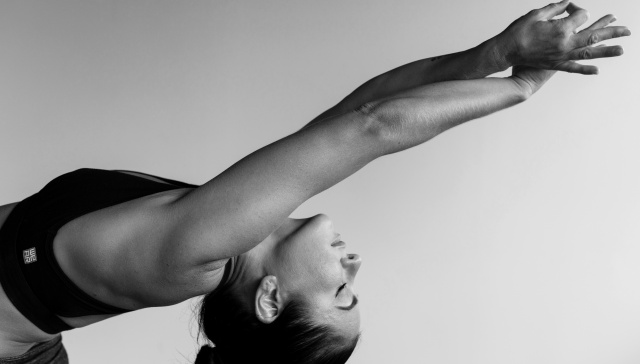Tips For Teaching Livestream Yoga
The early days of the pandemic felt apocalyptic.
Studios closed their doors, classes were cancelled and retreats rescheduled indefinitely.
Yet the space and calm that practicing Yoga creates was needed more than ever. People needed to practice yoga, and yoga teachers needed to teach.
Many teachers organised donation-based classes and sometimes even free yoga classes.
Yoga has always been a flexible and adaptable practice. You need very little space or equipment to practise yoga, just a mat. Unsurprisingly, yoga lent itself well to lockdown of all forms of exercise and activity.
A few years later, many yoga teachers and students still practise live online yoga.
For practitioners, the number of yoga studios has reduced, hence the choice of yoga classes to go to. Plus, prices have increased a lot. Classes used to cost around £10 or £15 before lockdown, now it's closer to £20. Practising live stream is a lot cheaper than going to a studio, and you save time on travel.
For teachers, teaching online reduces your running costs (no studio rental), and even a small class with low prices can be profitable.
Embracing Yoga On Zoom
In our 2021 survey we found that 76% of teachers began leading classes online during lockdown, with 30% stating that their schedules stayed just as busy.
15% of those surveyed actually began teaching more than before, while 43% wanted to keep teaching online even after all restrictions have been lifted.
It’s clear that giving an online offering is a great opportunity for teachers to broaden their schedules and expand their student following. For some it may even be a necessity. Back then, 9% of those surveyed said that their studios have closed down for good, it must be even more now.
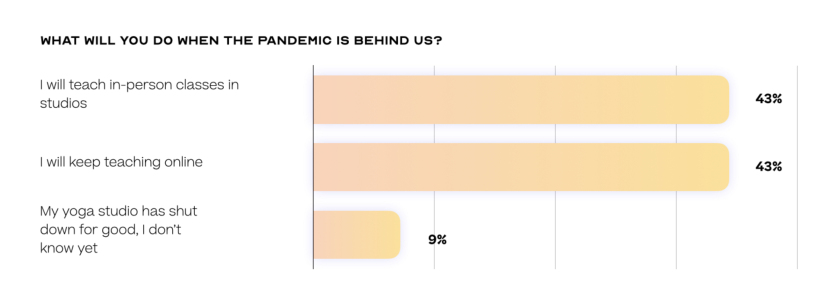
Recommendations For Setting Up Your Room
You should plan your class in advance and be sure to communicate with your students what they’ll be doing, what time they need to join, how much space they’ll need and any props or equipment they should have ready.
For your home set up, choose a room that has plenty of space and isn’t too cluttered with furniture or possessions. You want to avoid having anything in shot that will distract or draw attention away from you. If possible, it’s best to practice in front of a blank canvas, such as a pale wall, and avoid striking colours.
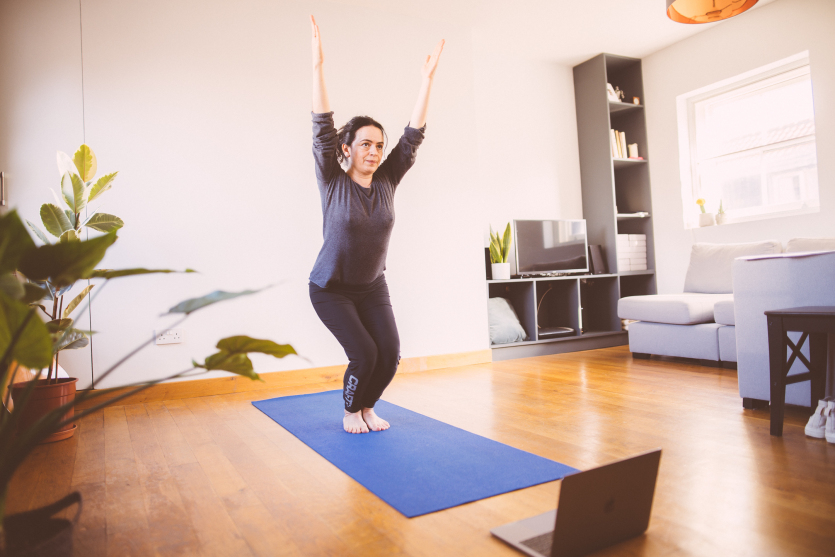
Light And Sound Suggestions
You should also make sure you’re well lit. If you practice in front of a bright window, you’re going to look like a silhouette. Try to block out any unhelpful light and use artificial light to help structure your shot. LED lights are particularly helpful and give out a warm tone. In Zoom’s camera settings, you can tick a box to enable your camera to adjust to low light if you’re really struggling.
Sound is an important consideration. You won’t know the quality of the speakers your students are using, so it’s worth lowering expectations and trying to be accessible to all. As such, you should avoid chanting or using props such as gongs. It might sound good in your room, but you can’t guarantee what your students will be hearing.
Be mindful of your distance from the mic. Your sound levels might look fine if you’re testing them close to your device, but when you step back the sound could drop, or in a larger studio there could even be an echo.
You can choose to automatically adjust the microphone volume in Zoom’s audio settings. Depending on your setup, it might be worth looking to use a microphone for higher audio quality, or investing in a radio mic, bluetooth headset, or even airpods.
Your students need to be able to hear your instructions and direction clearly. This will not only help guide them, but also keep them focused and relaxed for the duration of your class.
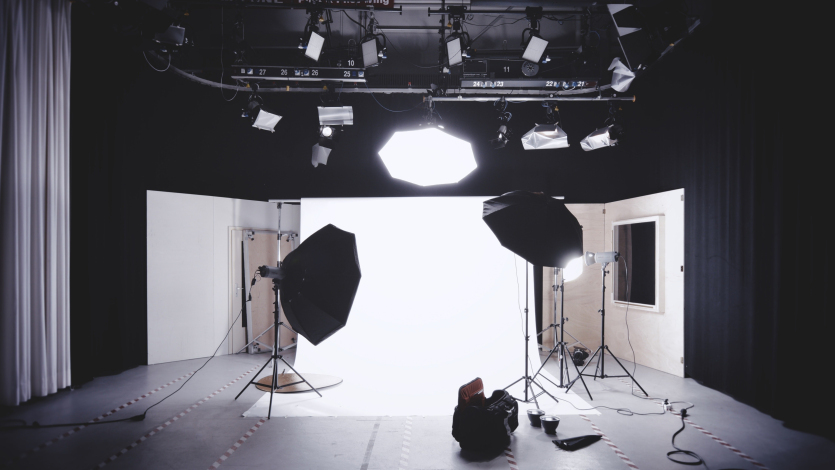
Camera Angles - Best Practice And Advice
You should make sure the space you’ve chosen is big enough so that your entire mat is visible and that students will be able to see you clearly throughout the practice. You may want to change the angle of the shot as you move between standing and sitting, but there are routines where this could be distracting.
Using a laptop over using a mobile phone for teaching may also give you a higher quality image, depending on the level of tech you are using. It will also give you a bigger screen to see your students on and point out any adjustments or variations necessary. If your computer doesn’t have a camera in-built, there are many good quality, affordable USB cameras on the market.
You should position your laptop and camera at a neutral level that’ll work for your entire practice. Placing your laptop on the floor will present you staring down on your students, giant and imposing. You can adjust the angle during the practice, but it’s best to give yourself as little distraction as possible.
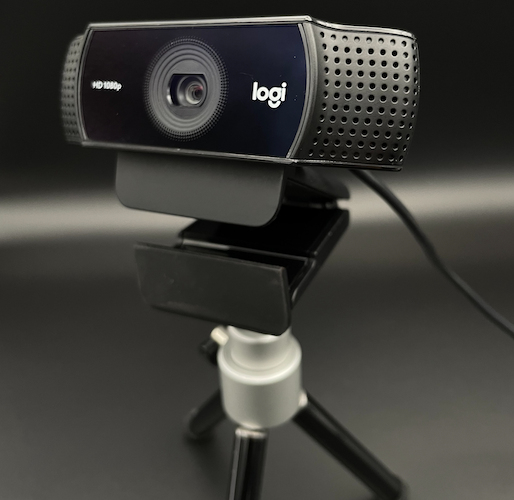
Playing Music On A Yoga Livestream
It’s easy to play music through Zoom. Simply make your playlist as you would usually on Apple Music, Spotify, or any similar platform. When you start your session, click on the Share Screen button in the bottom menu. Choose the Advanced tab and click the option to share your Computer Audio. Then press play on your playlist. It’s that simple. You might need to adjust the levels of playback from your music player versus your microphone setting to get the balance right.
If you are broadcasting music to a class in the UK, you might want to look into a PPL/PRS license. Before the class begins, it’s best practice to mute participants.

Advice For Getting Set Up To Teach Yoga On Zoom
If you’re looking to get in on the online action, there are a few pieces of housekeeping you’ll need to address first. To start with, you’ll need a Zoom account. If you’re going to be teaching classes, you’ll need to sign up for the Pro plan, which currently costs £11.99 per month and lets you teach up to 100 participants.
Once you have your account, you’ll need to collect the email addresses of your students and schedule a class, making sure you send out the links and remind students to check their junk or spam folders too. You’ll need to share your bank or Paypal details and keep a tally of who has and hasn’t paid. Sometimes this can take a bit of chasing. You’ll also need to make sure you send out a disclaimer to cover you in the event of any accidents or incidents for which you could be held liable.
If you’re particularly tech-savvy, you could look at building your own website and adding in a facility whereby you can take payments directly. You’ll still need to actively contact existing students and reach out to new ones. Another avenue to do this is through your social media accounts, where you should publicise your schedule and platform.
Sounds like a lot of work, doesn’t it?
However, you could sign up with Live Yoga Teachers. We’ll handle the tech side, take payments, streamline correspondence, and we’ll even help you reach potential new students.
With all the admin out the way, you just need to focus on the things that matter.
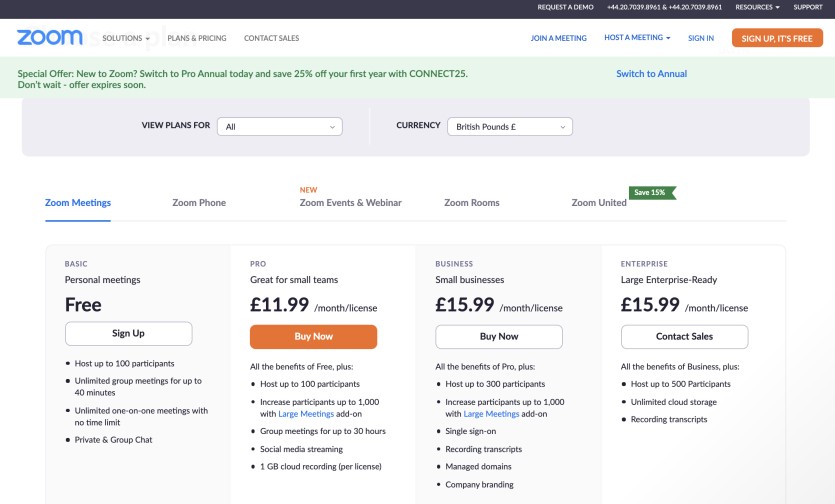
Live Online Yoga - A New Way To Teach
You should ensure you have a good internet connection to avoid any issues occurring during your class, which can be incredibly disruptive. We recommend a bandwidth of at least 1.5 Mbps (up/down). You can test your internet connection here. It should go without saying, but make sure you have enough battery or you’re plugged into a power supply.
It can take a couple of classes to get used to, but once the technicalities are out the way you’ll be ready to take your schedule to the next level without studio overheads or burdensome commutes. Zoom Yoga is here to stay, and it’s best to embrace the opportunities this new way of teaching affords.
 Live Yoga Teachers
Live Yoga Teachers
